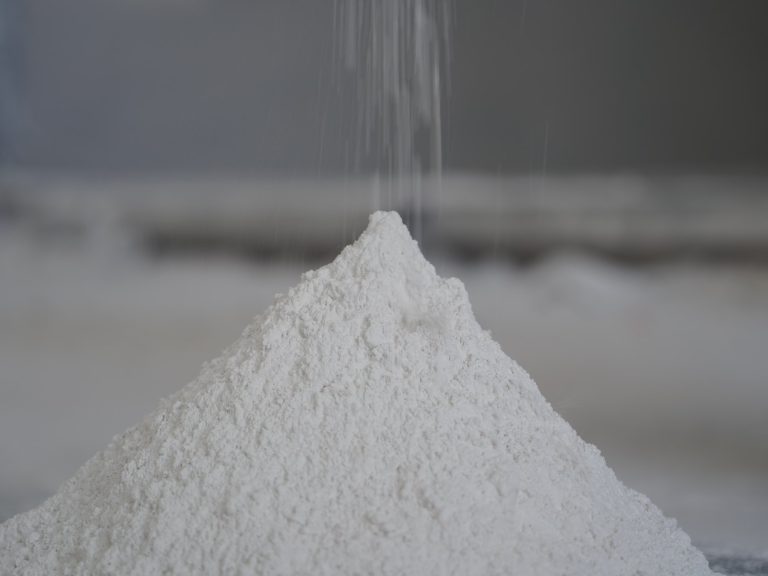
Properties
Calcium hydroxide is poorly soluble in water, with a retrograde solubility increasing from 0.66 g/L at 100 °C to 1.89 g/L at 0 °C. With a solubility product Ksp of 5.02×10−6 at 25 °C[1], its dissociation in water is large enough that its solutions are basic according to the following dissolution reaction:
Ca(OH)2 → Ca2+ + 2 OH−
At ambient temperature, calcium hydroxide (portlandite) dissolves in water to produce an alkaline solution with a pH of about 12.5. Calcium hydroxide solutions can cause chemical burns. At high pH values due to a common-ion effect with the hydroxide anion, its solubility drastically decreases. This behavior is relevant to cement pastes. Aqueous solutions of calcium hydroxide are called limewater and are medium-strength bases, which react with acids and can attack some metals such as aluminum [citation needed] (amphoteric hydroxide dissolving at high pH), while protecting other metals, such as iron and steel, from corrosion by passivation of their surface. Limewater turns milky in the presence of carbon dioxide due to the formation of insoluble calcium carbonate, a process called carbonatation:
Ca(OH)2 + CO2 → CaCO3 + H2O
